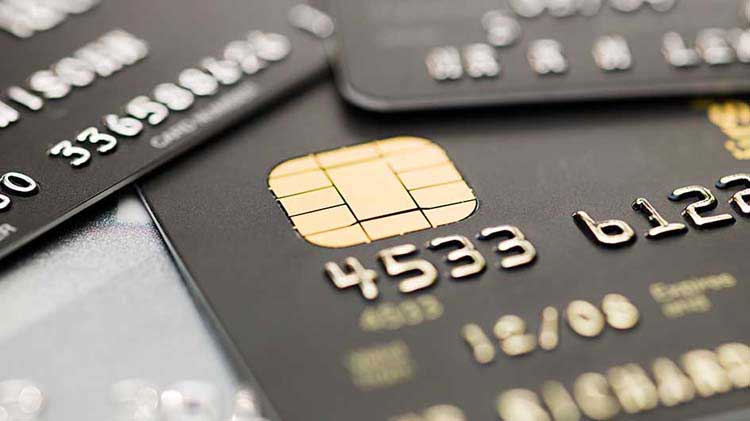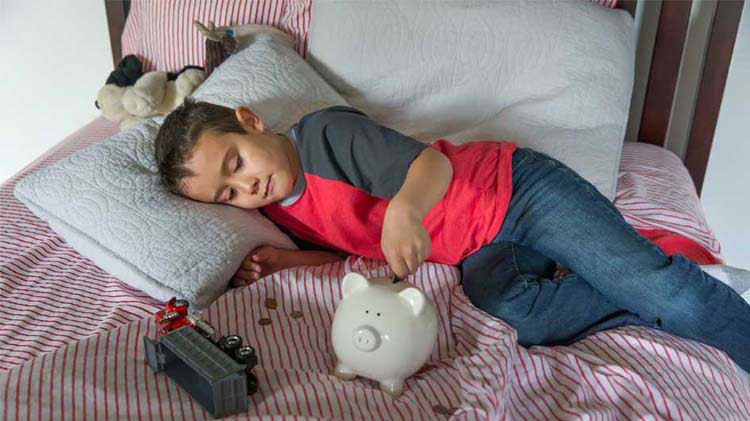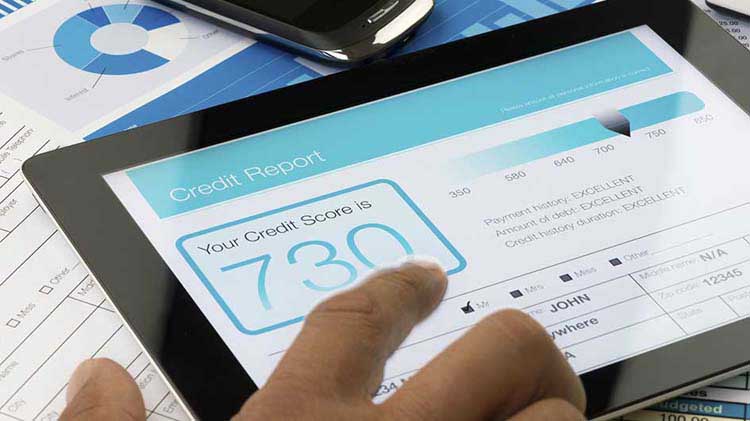Budgeting help for spenders
Identify your spending habits
Whether you use an app, computer or pen and paper, choose a budgeting system that works for you. Start by recording where you're spending money. From there, compare how you're currently spending to how you need to spend based on your aspirations and goals.
Budgeting tip: Look closely for spending that's out of alignment. Typically, you'll find these within your variable expenses.
How are you spending money?
"You are here." You have to start somewhere before you can get anywhere. If you've ever been totally lost on a hike with no GPS (hopefully you haven't, not fun), it can be overwhelming to imagine the distance you have to go if you have no idea where you're going, or how you're going to get there. (Just stay calm? Sure…a good start...)
It's no different when you're dealing with your money. When it comes to your finances, a budget is the map that can get you to your money goals. But before you build your money plan (i.e. budget), you need a snapshot of your current spending habits to know your "you are here" marker.
Take a realistic look at your recent spending snapshot in detail, before you map out your budget.
Your new budget probably won't work if it's totally out of touch with your current spending habits. A spending snapshot will give you a starting place to build a personalized and realistic budget that you will be more likely to stick to.
When you know where your money goes, you can uncover where you can make adjustments and cuts to your spending.
- List out all your expenses for the past 3 months, and average them. Most of us have an idea where most of our money goes, but we don't really, really know. Or, we might only know the big categories like rent. Those big expenses may not be the ones that we can change easily. Typically, the more detailed day-to-day expenses are the ones we can impact the most, and the most quickly. That's why it's important to track the details of your spending. If you list all your expenses (then categorize and average them) you will get a ton of insight on the best place to start to make changes to your spending.
- Determine if the spending you see is in line with your priorities. If not, you might have just identified the places to start to cut back on your spending. Simply said- your spending should reflect the priorities in your life.
- Tell someone you trust one thing you want to change this week. Sometimes we lie to ourselves. We 'need' to go out to lunch because we're too busy to pack one. Sound familiar? Excuses may not be as easy to come by when a friend, partner or parent is on your side. Tell them your goal, and ask them to follow up with you on it. It might make some spending feel less like a 'need' when you're anticipating explaining the why to someone (who isn't you).
Why it works
Think about it this way. You create a new budget where you decide to spend $300 on groceries next month, which might seem reasonable, right? At least until you look at your actual month-to-month spending and realize that you spend an average of $800 a month in groceries. ('Wait, what?! I had no idea I spent that much last month on groceries!' This happens a lot.)
When you want to put a little more money aside toward goals, knowing where your money is going today is the best first step to finding changes you can make to your spending ASAP.
What now?
It's important to understand your own spending habits and money choices so you can decide where and how to make changes. It's all about creating small and do-able changes today to make lasting progress. Listing out expenses can make us feel anxious, guilty, mad, annoyed. But, it can also make us feel aware and in-control. Try looking at your spending snapshot as an opportunity. For example, if you're mad about something you spend money on, you might not miss it when it's gone.
Your chapter 4 checklist:
- Watch the Current Spending Habits video.
- Download the Budgeting 101 Worksheet.
- Put pen to paper and write out your budget.
Next steps
Examine how you're spending money and compare it to your goals to help meet your aspirations.




